
Logistics and transport are the unsung heroes in our fast-paced and demanding global economy. They seamlessly move goods from one corner of the world to another, serving as the backbone of commerce.
However, these industries face constant pressure to improve efficiency, reduce costs, and meet customer expectations. Tech innovations are coming to the rescue, flipping the script on how we think about logistics and transport.
This post dives into how technological advancements are transforming logistics and transport, from enhancing operational efficiency to making strides in sustainability. We’ll explore various facets of this exciting evolution so that by the end, you’ll understand why technology is a critical driver of change.
Technology’s Impact on Efficiency
The Internet of Things (IoT) has firmly embedded itself in the logistics and transport sectors. With smart sensors and connected devices, companies can now track shipments in real time.
For instance, companies use IoT to monitor temperature-sensitive goods, keeping them within safe parameters throughout their journey. This real-time visibility reduces the risk of spoilage and helps in proactive decision-making.
AI and Machine Learning
Artificial Intelligence (AI) and Machine Learning (ML) are the new frontiers in optimizing logistics operations.
Algorithms can predict demand, optimize routes, and even automate warehouse operations, which help smooth out state-to-state container moving.
Take Amazon, for example. Its fulfillment centers are a marvel of AI and automation, where robots handle everything from sorting to packaging. This reduces human error and accelerates the entire process, making same-day deliveries the reality every consumer appreciates.
Automation in Warehousing
Automation is another colossal leap forward. Automated Guided Vehicles (AGVs) and drones are increasingly used for tasks like inventory management and last-mile delivery. AGVs can efficiently move goods within warehouses, while drones can deliver packages in hard-to-reach areas. Companies like FedEx are experimenting with these technologies to improve service speed and reliability.
Enhancing Customer Experience
Customers today expect transparency and real-time updates on their deliveries. Advanced tracking systems, powered by GPS and IoT, allow customers to know the exact location of their packages at any given moment.
This level of visibility builds trust and enhances the overall customer experience. Companies like UPS have mastered this, providing accurate delivery windows and real-time tracking.
Delivery Notifications
Gone are the days of waiting around all day for a package. Modern logistics systems send timely delivery notifications through SMS or email.
These notifications inform customers when their package is out for delivery, allowing them to plan their day better. It’s a feature that’s particularly beneficial for busy individuals who appreciate the convenience.
Efficient Communication Channels
Effective communication between the service provider and the customer is crucial. Chatbots and AI-driven platforms enable quick resolution of queries and issues.
For instance, logistics companies use AI chatbots to provide instant responses to common questions, freeing up human agents for more complex issues. This ensures that customers receive prompt and efficient service.
Wrapping It Up
Technology is undeniably reshaping the logistics and transport industries, enhancing efficiency and customer satisfaction at unprecedented levels.
With innovations like IoT, AI, machine learning, and automation, companies can optimize operations and provide more reliable and transparent services. These technological advancements streamline processes and contribute to a more sustainable future, reducing waste and improving resource management.
Consumer expectations continue to evolve. And what we mean by that is they are becoming increasingly demanding. Consider embracing technological advancements to stay competitive and responsive.

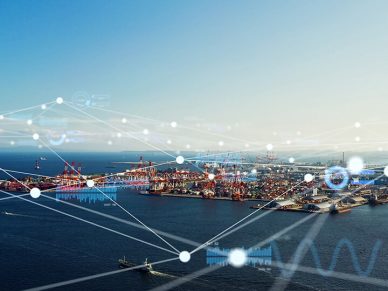

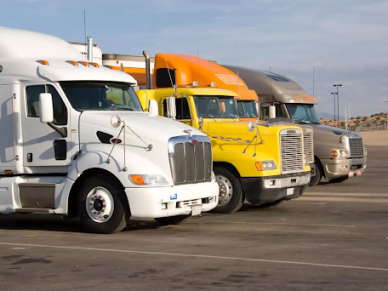
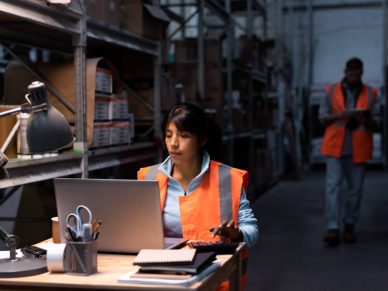

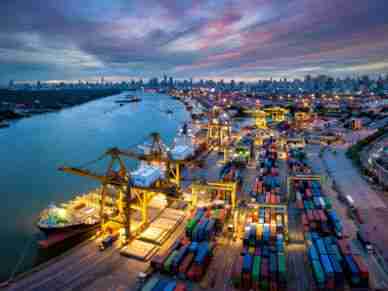

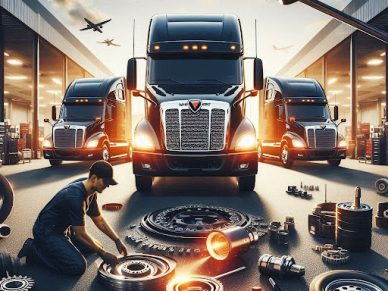




Leave a Reply